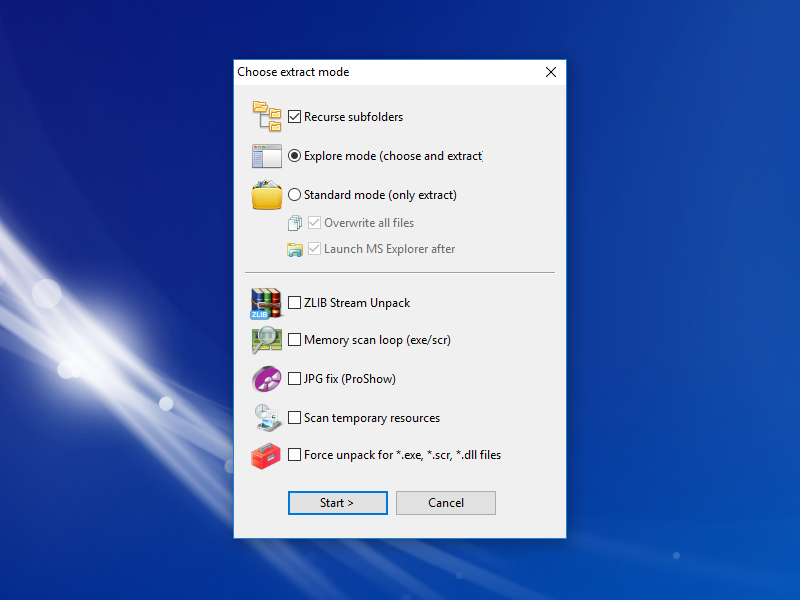

Laste_09.htm: isDcc: An installshield Decompiler isDcc An installshield Decompiler Advanced reversing 30 October 1998 by adq Courtesy of Fravia's page of reverse engineering slightly edited by Fravia+ fra_00xx 981030 adq 0010 AD 0T Well, well, well. A 'real' reversing essay! Andrew shows us all here what's like when you seriously work on an 'our tools' project. You'll be able to download isDcc either or on. Installshield decompiling is developing into a full-fledged science, after NaTzGUL's 'bahnbrechenden'.
In a sofware world where more and more processes are hidden or concealed from the users, the fact that (some) users are re-gaining control is a very positive development. Transparency and free knowledge are our (very strong) weapons, dark hyding and hideous concealing are the (very strong) weapons of our enemies.
You'll be able to download isDcc either here or on Andrew's main page. Installshield decompiling is developing into a full-fledged science.
My Fitness Coach Isom there. There is a crack, a crack in everything That's how the light gets in. Our tools There is a crack, a crack in everything That's how the light gets in Rating ( ) Beginner ( ) Intermediate (X) Advanced ( ) Expert This is an overview of the main structure of isDcc. It describes how the main algorithms work, so you should have a good understanding of computer algorithm design. IsDcc An installshield decompiler Written by adq Introduction Like wisdec, isDcc allows decompilation of a compiled installshield script (.ins file) into source code (.rul file). Karcher Vaporapid 1501 Manual Transfer. Due to the nature of the original installshield compiler, the 'original' source code cannot be recovered exactly, but compilable scripts are produced, providing the same version of the installshield compiler is used to recompile them.
Tools required GNU Emacs, and MS Visual C++ would be useful if you intend to recompile the thing. Target's URL/FTP Program History v1.00 - Initial release v1.01 - Couple of bugs fixed Essay isDcc was written with the help of wisdec v1.0, by NaTzGUL/SiraX, see NaTzGUL's. Wisdec is a masterful piece of work, which obviously involved reverse engineering the installshield compiler to discover the format of the compiled script files. I used wisdec to explore the compiled files, changing scripts, recompiling them, and observing the differences reported by wisdec.
It took a couple of evenings to divine the format of an installshield 2 file in this manner. Here, I shall describe a couple of things about installshield files which are essential to understand the following: • High level code structures: Some higher level code structures (e.g. FOR, WHILE) are transformed by the installshield compiler into lower level sequences, often involving lots of gotos. • Functions: In the compiled files, functions are indicated by a special 'function start' opcode, and a 'function end' opcode. • Function prototypes: In the header, there is a set of function prototypes describing each of the functions present in the file, indicating their parameter types, what type of function it is (e.g. A DLL function, or a script function), and it's name if it is a DLL import function. Installshield scripts consist of a header, describing global features, for example function prototypes.
The actual body of the script consists of a set of opcodes, describing the series of operations to take. Each opcode has some associated information after it (e.g. For a function call, you will find the parameters for the function call immediately after the opcode). The first thing written was a parser for the header. This code is fairly simple: it reads values in from the file, processes them, and stores them in appropriate data structures.
However, the main script decoder is rather more complex. It involves three passes through the script code: The first pass actually reads the raw opcodes from the file, and transforms them into an internal structure describing the code.
This is implemented as a massive table-driven algorithm. The table is keyed by opcode. Each entry contains a function pointer to a specific parser function, along with some extra information, such as the parameter count. For an 'installshield system function', a generic decoder function is available, since they all have the same format. The main loop of this stage reads in an opcode, looks it up in the table, and executes the associated function there. This function takes care of the specific processing for that opcode, before returning to the main loop. This continues until the end of the file is encountered.
Menu
- ✔ Casio Cv 31 Download Music
- ✔ Res A Box Of Chocolates Rar Files
- ✔ Into The Cool Energy Flow Thermodynamics And Life Ebook Download
- ✔ A Man Of The People By Chinua Achebe Pdf Free
- ✔ Bob Cassidy Fundamentals Pdf To Word
- ✔ Download Acer Aspire Sa90 Manualidades
- ✔ Garmin Keygen Utility
- ✔ Kaz Cooke Up The Duff Pdf Download
- ✔ Etica Ministerial Joe E Trull Pdf To Word